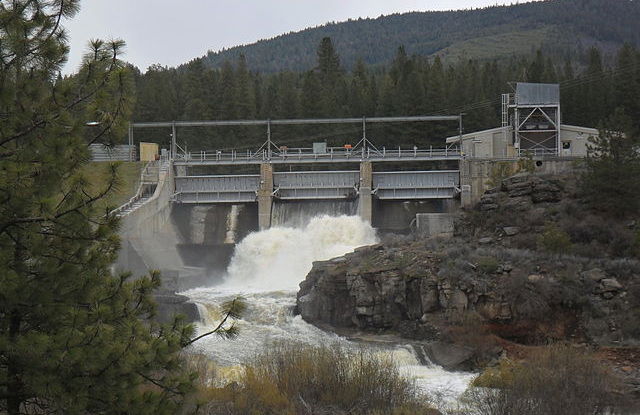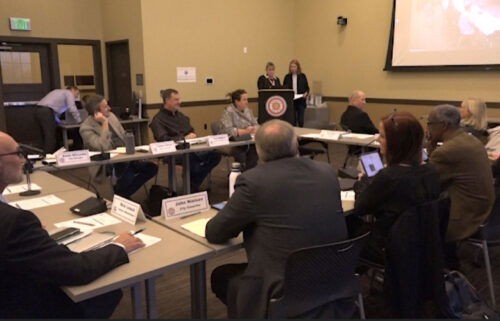Salmon advocates see hope in plan to remove 4 Klamath dams

By Eric Tegethoff, Oregon News Service
KLAMATH FALLS, Ore. (KTVZ) -- Advocates for salmon hope the timeline holds for dam removal on the Klamath River, saying it's a race against time to make sure some salmon species don't go extinct.
It's the largest removal project in U.S. history and will demolish four dams in southern Oregon and northern California.
In the Klamath Basin, coho salmon populations have fallen as much as 95% and the spring chinook run has dropped by 98%.
Frankie Myers, vice chairman of the region's Yurok Tribe, says the tribe is looking at a potential harvest of two-thirds of a salmon per member.
"It really does have a deep psychological effect on our members who are so tied to salmon culture and fishing culture and being on the river," he states.
The removal is supported by dam owner PacifiCorp because it has a settlement agreement that ensures customer costs are capped and less than the cost of relicensing.
But farmers in southern Oregon worry it could set a dangerous precedent for the two dams that aren't slated for removal and are important for irrigation. Demolition could begin as soon as 2022.
The project still needs approval from the Federal Energy Regulatory Commission.
Glen Spain is Northwest regional director of the Pacific Coast Federation of Fishermen's Associations, the largest organization of commercial fishing families on the West Coast. He says diminished salmon populations in the Klamath Basin affect fisheries along 700 miles of coastline. He says the region has to save these runs.
"They support dozens of coastal fisheries and communities," he points out. "They also are a major part of the way of life of the tribes that live in the river, and they can't go anywhere else."
Matthew Sloat, science director of the Wild Salmon Center, says fish face additional pressure from a warming climate. He notes that not long ago, the Klamath River was the third most productive salmon system on the West Coast.
"It has the potential to regain a large part of that productive potential if we're smart about how we manage the system and diligent about recovering the habitat in the fish populations there," he states.



